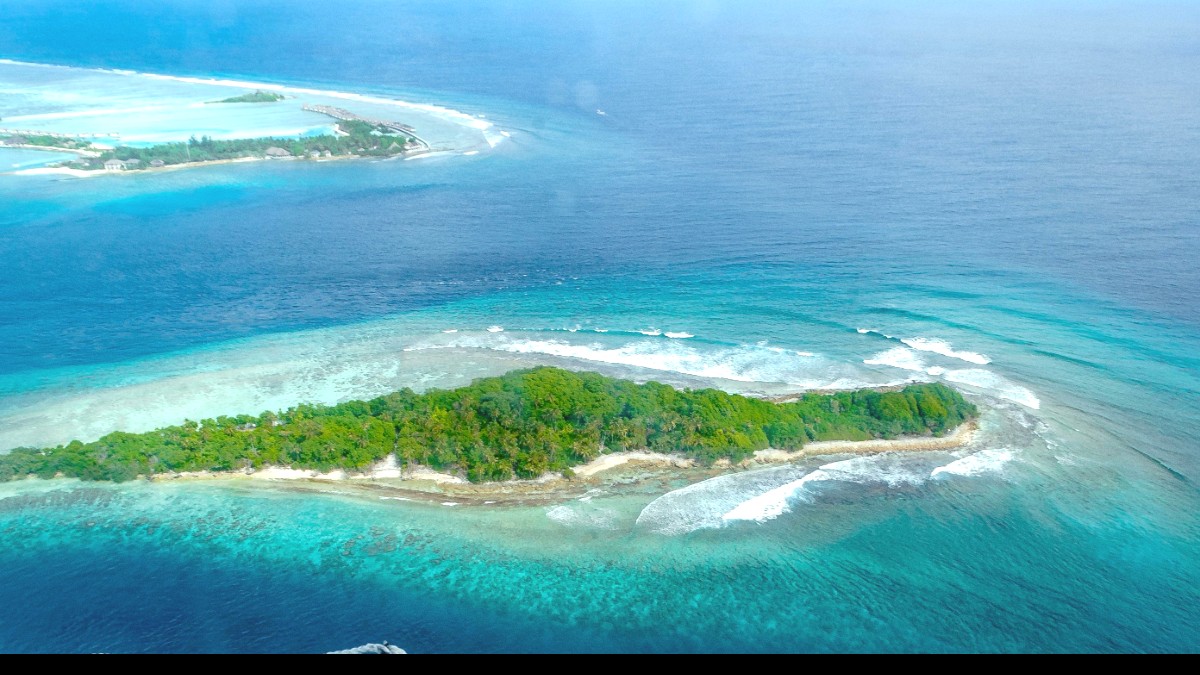
The volcanic origins of these islands shaped their terrain. Lush, green hills rise from the ocean, remnants of ancient eruptions. The soil, rich from volcanic ash, supports dense tropical vegetation, creating a verdant landscape that contrasts with the deep blue of the Pacific. Fringing reefs embrace each island, creating calm, clear lagoons. Imagine stepping into waters so clear you can see to the bottom, surrounded by the gentle hum of island life. The separation of Wallis from Futuna and Alofi by a significant stretch of ocean means each island maintains an unique character, shaped by its own geography and history. Wallis, with its slightly larger size and the capital city, includes a bit more infrastructure. Futuna, more rugged and isolated, gives a window into a more traditional way of life. Alofi, mostly uninhabited, is a testament to pristine nature, a nearby escape for those seeking solitude.
Despite a long history of French administration, traditional monarchies and customs continue to hold significant influence in local governance and daily life.
Each of the three kingdoms retains its king, who works alongside the French-appointed administrator. This dual system of governance means customary law and traditional protocols often shape local interactions and community decisions, creating an unique blend of modern and ancient authority.
This overview covers facts for your visit. The small land area leads to an intimate travel experience. You can explore many places without long travel times, bringing a slower pace and interaction with local life.
With a smaller population, you have the opportunity for genuine interactions with locals, rather than being part of a large tourist crowd. Wallisian (ʻUvean) and Futunan are local languages. French serves as the official language. While French helps with official interactions, learning a few phrases in Wallisian or Futunan is warmly received by locals and uplifts your cultural experience.
Territory of the Wallis and Futuna Islands
Mata-Utu, Wallis Island
142 square kilometers (55 square miles)
Approx. 11,556 (2018)
UTC+12 (One of the first places to greet a new day)
The currency is CFP Franc (XPF), pegged to the Euro (€1 = 119.33 XPF). Wallis and Futuna functions mainly as a cash economy. Credit card acceptance is rare, mostly at a few larger hotels. ATMs are scarce and might not always work, so carry sufficient cash, preferably exchanged before you arrive.
Electricity operates at 220V, 50Hz. Plugs are Type C or E, which are standard European two-round-pin plugs. Remember a Universal Travel Adapter to charge your devices.
Driving happens on the right side of the road. The internet domain for the territory is .wf, showing its unique online identity. The calling code is +681.
This initial overview prepares you for a visit to Wallis and Futuna. It is a destination with calm beauty, deep cultural roots, and genuine Polynesian hospitality. Your journey will feature discovery and a link with a truly unique part of the world.
Wallis and Futuna has a tropical marine climate, with warm temperatures and high humidity year-round. The islands have two main seasons, each with distinct weather patterns.
The wet season (November to April) brings higher temperatures (28-30°C/82-86°F), high humidity, and frequent, intense downpours. It also coincides with the South Pacific cyclone season. The dry season (May to October) has slightly cooler, drier conditions (25-28°C/77-82°F) and lower humidity, making it a more pleasant environment for exploration.
Drier weather, lower humidity, minimal cyclone risk. Limited accommodation and flights might book in advance.
Lush landscapes, fewer visitors. High humidity, frequent heavy rain, and cyclone risk can disrupt travel.
November to April. Monitor weather forecasts closely. Local authorities share warnings via radio.
For general sightseeing and outdoor activities, the dry season (May to October) is ideal. The comfortable temperatures and lower humidity make exploring historical sites, villages, and beaches more enjoyable.
CFP Franc (XPF), fixed to Euro (€1 = 119.33 XPF). Exchange limited to Banque de Wallis-et-Futuna. Bring Euros or major currencies; cash needed for most transactions.
Credit card acceptance is rare, mainly at larger hotels. ATMs are scarce and may not always function. Rely on cash.
Tipping is not customary. Locals generally do not look for tips. A small gesture for truly exceptional service may be accepted, but it is not a requirement.
Carry plenty of CFP Francs or Euros before arriving; card acceptance is rare, and ATMs are scarce.
Choose local eateries and markets for authentic meals and savings. Self-catering options at accommodation can also save money.
For shorter distances, walking is free. Hitchhiking is common and generally safe. Share costs for boat trips or taxi hires with other travelers.